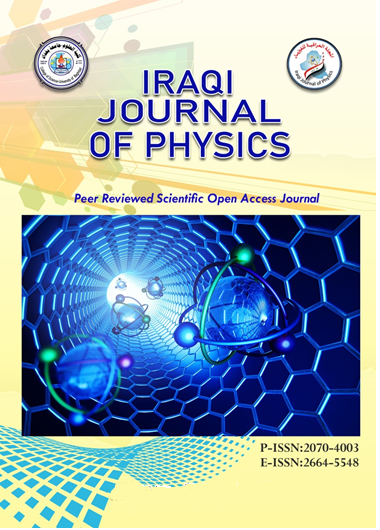Abstract
Early detection of eye diseases can forestall visual deficiency and
vision loss. There are several types of human eye diseases, for
example, diabetic retinopathy, glaucoma, arteriosclerosis, and
hypertension. Diabetic retinopathy (DR) which is brought about by
diabetes causes the retinal vessels harmed and blood leakage in the
retina. Retinal blood vessels have a huge job in the detection and
treatment of different retinal diseases. Thus, retinal vasculature
extraction is significant to help experts for the finding and treatment
of systematic diseases. Accordingly, early detection and consequent
treatment are fundamental for influenced patients to protect their
vision. The aim of this reseaech is to utilized image processing
techniques to detect blood vessels from the digital fundus images.
This research will present a methodology to separate retinal blood
vessel network. The suggested system in this research involves four
stages, after image acquisition, the pre-processes of the image to
preparing and improving the image quality is the first stage.
Morphological operations are used for the detection of blood vessels.
In this research, we use two morphological operations: erosion and
dilation. These two tasks have two sources of info, a binary image,
and a structuring element object. We utilize two morphological
procedures ((boundary extraction and Top, Bottom Hat transform).
Before these operations, we will use applying a canny edge detector
technique to obtain the edges of the retina image. The technique is
tried on shading retinal images acquired from STARE and DRIVE
databases which are accessible on the web as well as the samples of
retinal images were obtained from the digital camera from Ibn
Al-Haytham specialist Hospital for Eye in Baghdad, Iraq. The results
obtained from these techniques showed the efficiency of these
methods in the detection of blood vessels, especially when using
morphological methods after the detection of edges.
vision loss. There are several types of human eye diseases, for
example, diabetic retinopathy, glaucoma, arteriosclerosis, and
hypertension. Diabetic retinopathy (DR) which is brought about by
diabetes causes the retinal vessels harmed and blood leakage in the
retina. Retinal blood vessels have a huge job in the detection and
treatment of different retinal diseases. Thus, retinal vasculature
extraction is significant to help experts for the finding and treatment
of systematic diseases. Accordingly, early detection and consequent
treatment are fundamental for influenced patients to protect their
vision. The aim of this reseaech is to utilized image processing
techniques to detect blood vessels from the digital fundus images.
This research will present a methodology to separate retinal blood
vessel network. The suggested system in this research involves four
stages, after image acquisition, the pre-processes of the image to
preparing and improving the image quality is the first stage.
Morphological operations are used for the detection of blood vessels.
In this research, we use two morphological operations: erosion and
dilation. These two tasks have two sources of info, a binary image,
and a structuring element object. We utilize two morphological
procedures ((boundary extraction and Top, Bottom Hat transform).
Before these operations, we will use applying a canny edge detector
technique to obtain the edges of the retina image. The technique is
tried on shading retinal images acquired from STARE and DRIVE
databases which are accessible on the web as well as the samples of
retinal images were obtained from the digital camera from Ibn
Al-Haytham specialist Hospital for Eye in Baghdad, Iraq. The results
obtained from these techniques showed the efficiency of these
methods in the detection of blood vessels, especially when using
morphological methods after the detection of edges.
Keywords
blood vessels
canny edge detections
diabetic retinopathy
morphological operations.
